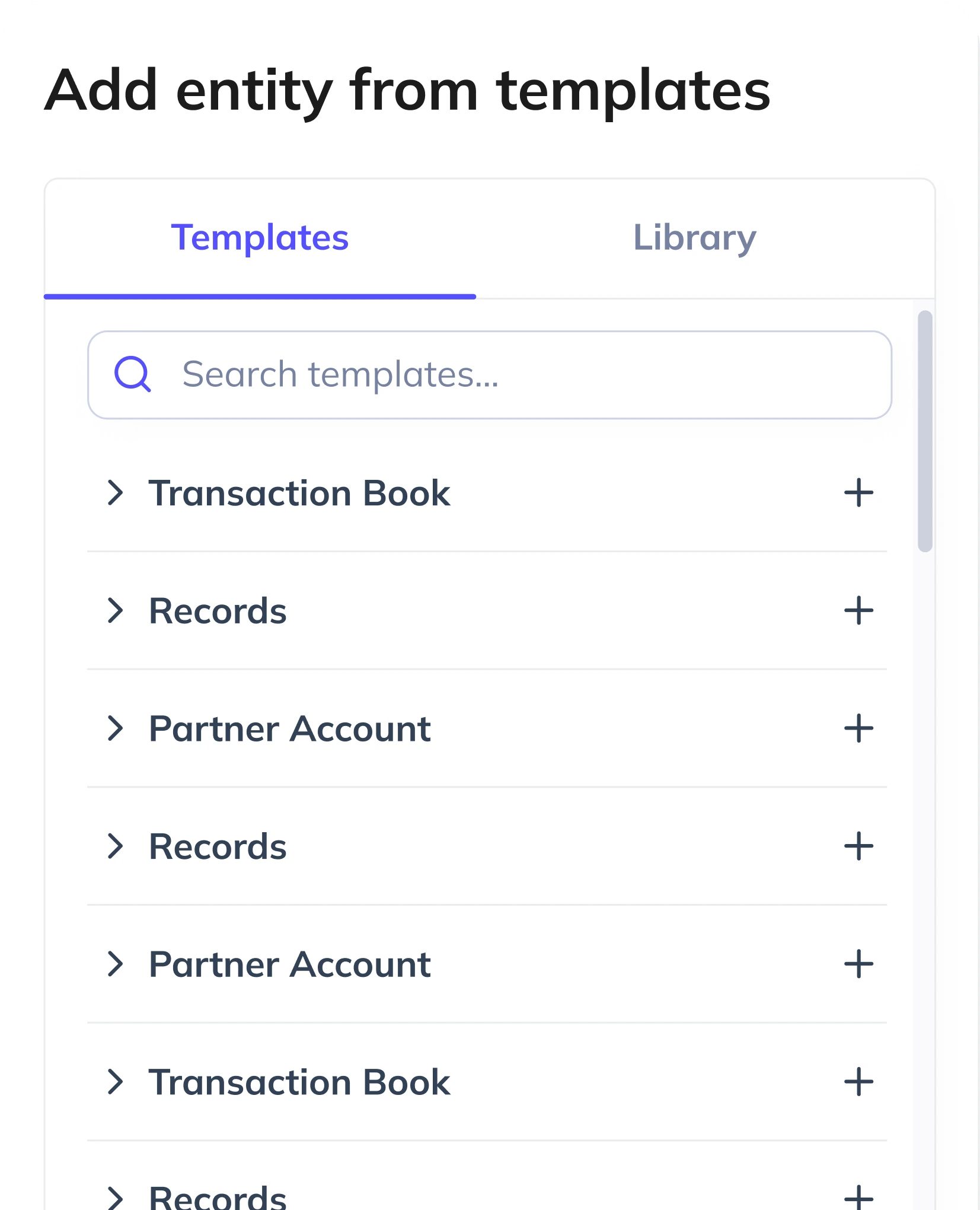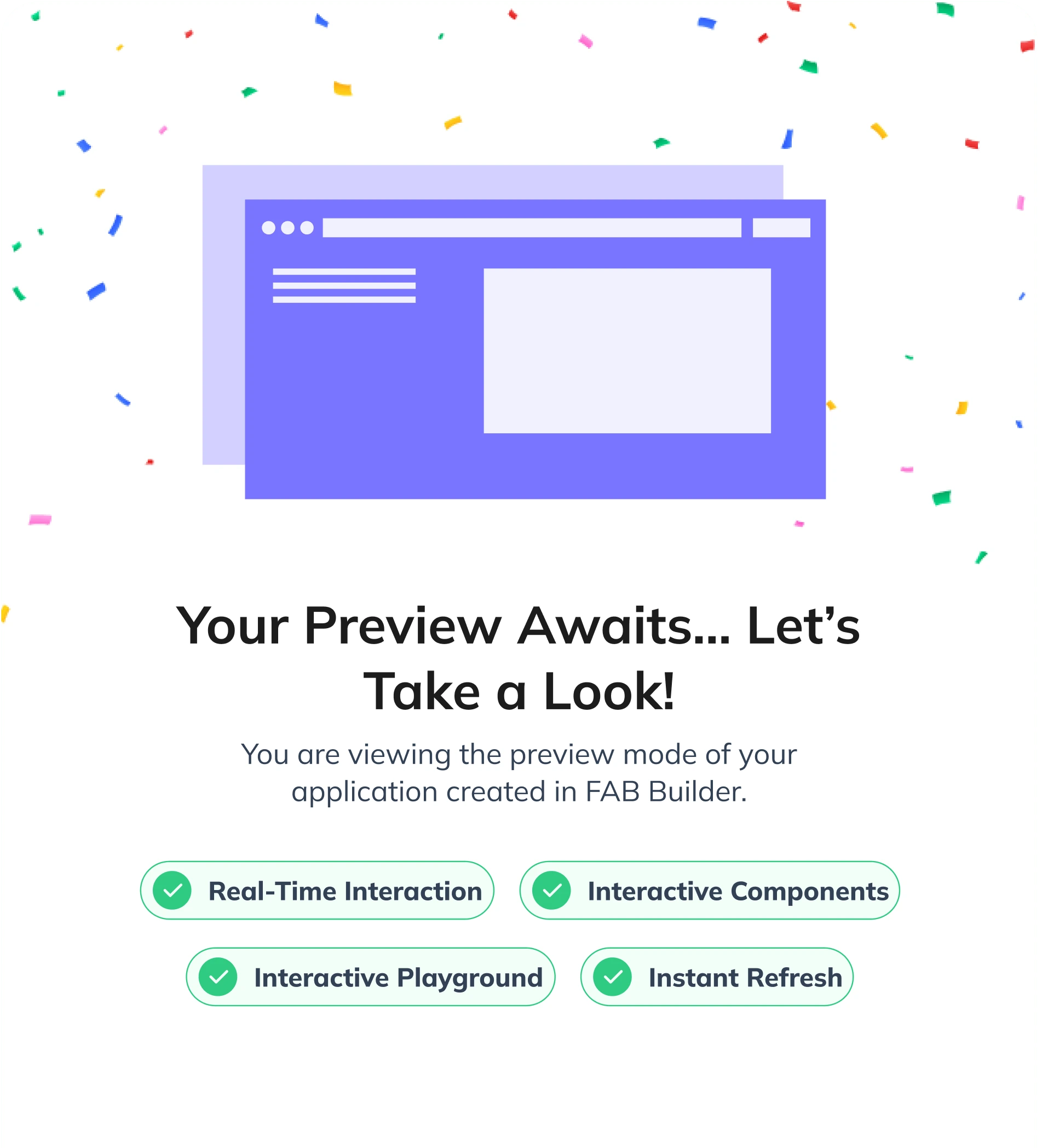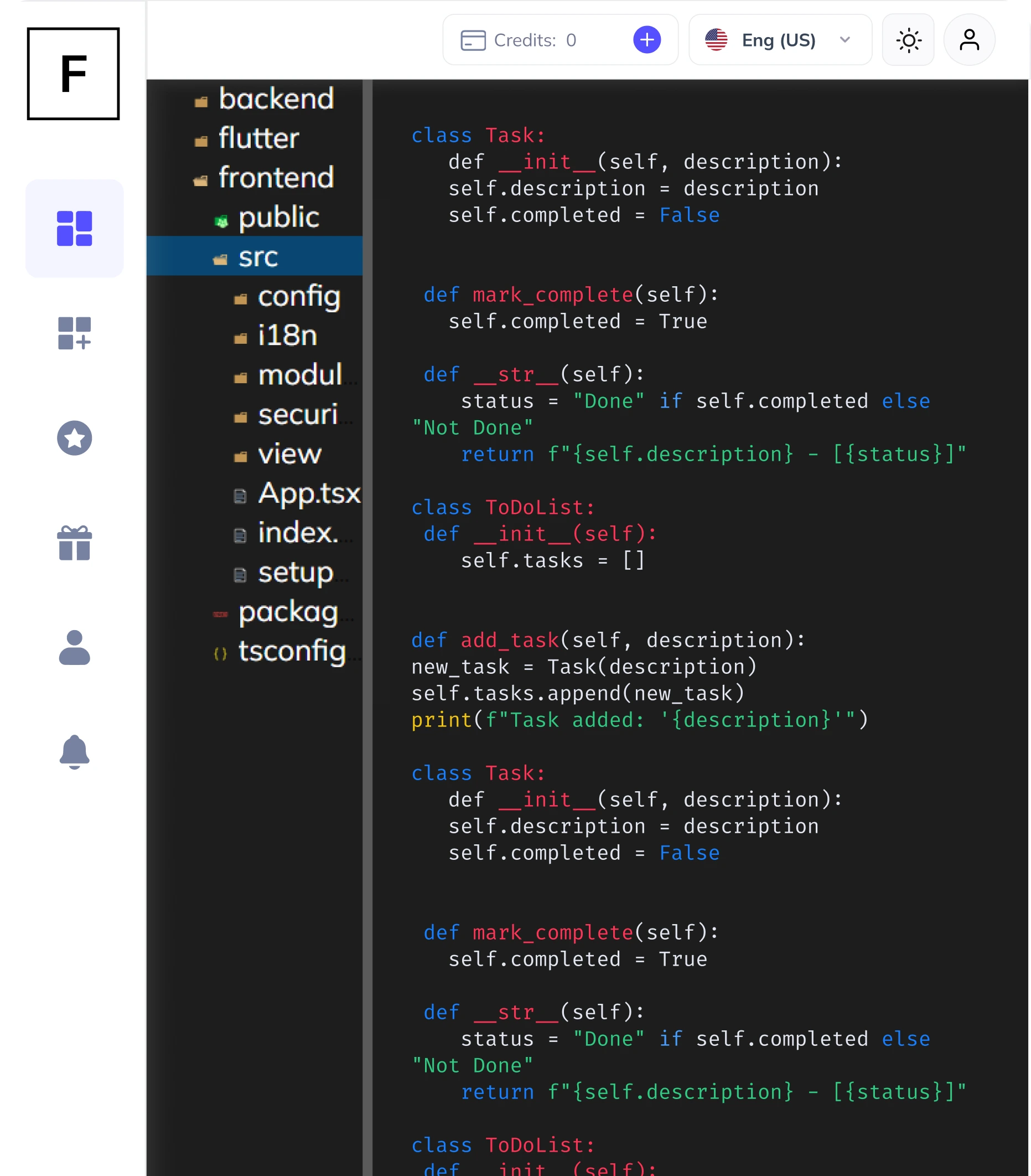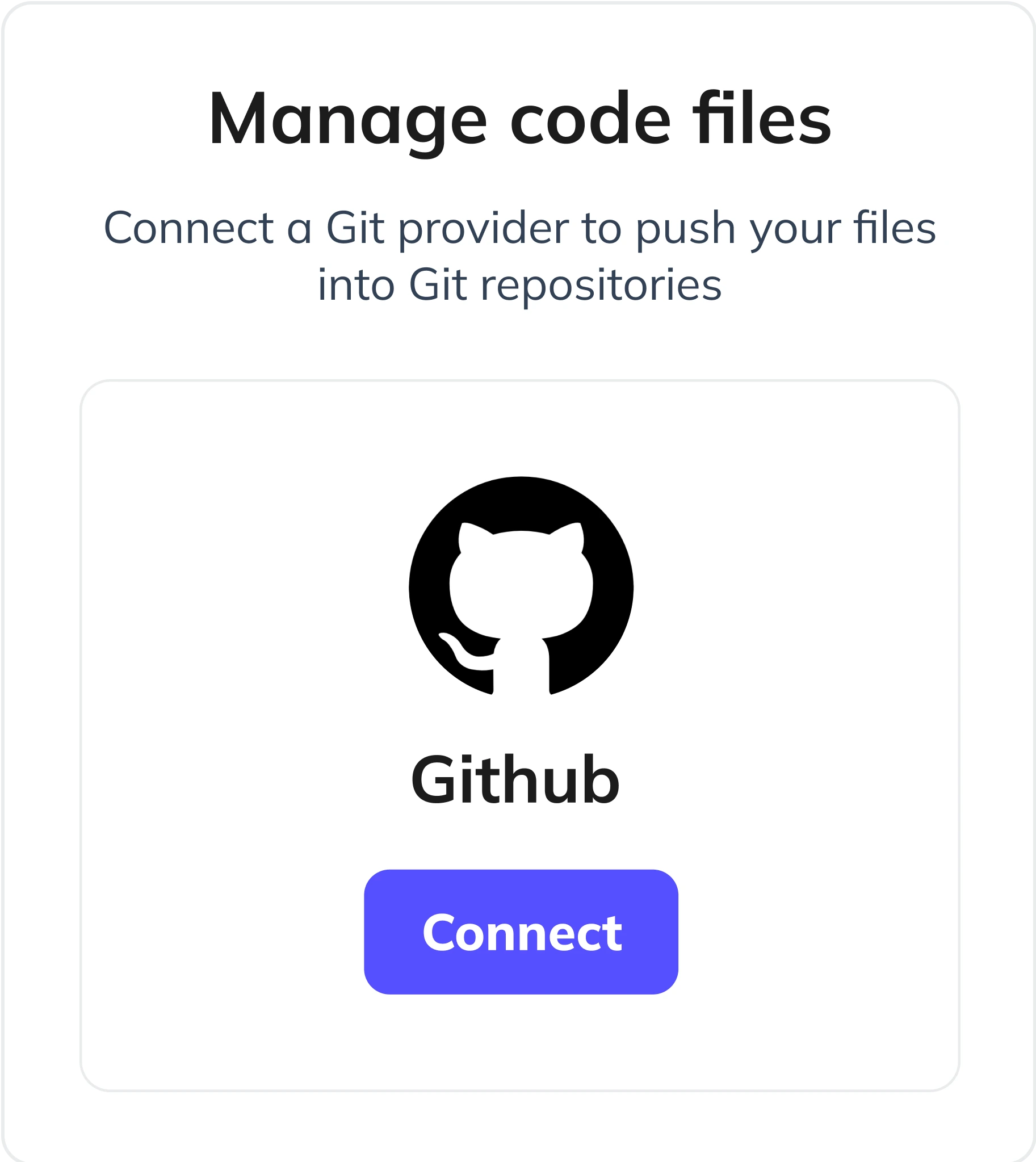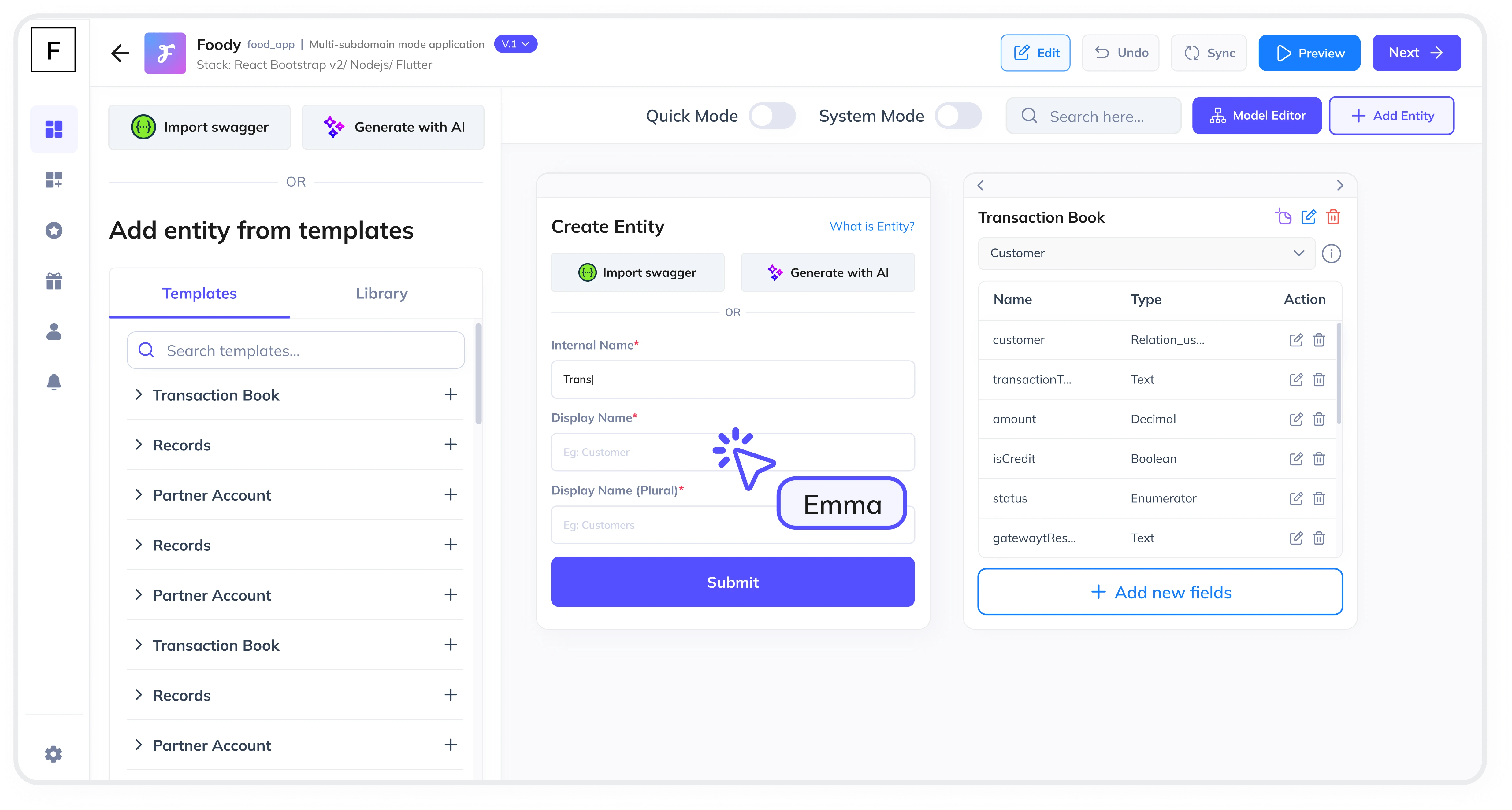Summarize and analyze this article with:
Event management systems are essential for organizing and managing events efficiently. One of the most critical components of such systems is the Event Registration Module. This module allows users to sign up for events and activities seamlessly. In this guide, we’ll walk you through the step-by-step process of creating an Event Registration Module using FAB Builder, a low-code app development platform that simplifies the creation of production-ready applications.
What is an Event Registration Module?
An Event Registration Module is a feature within an event management system that enables users to register for events, manage their registrations, and handle related data such as attendee information, payment details, and event schedules. It is a crucial component for businesses, educational institutions, and organizations that host events regularly.
Step 1: Define Your Event Registration Requirements
Before diving into development, it’s essential to outline the requirements for your Event Registration Module. Consider the following:
- Event Details: What information will users need to provide during registration (e.g., name, email, phone number)?
- Payment Integration: Will you need to integrate payment gateways like Stripe, PayPal, or RazorPay for paid events?
- Role-Based Access: Who can access and manage registrations? Define roles such as admin, event organizer, and attendee.
- Bulk Data Import/Export: Do you need to import or export attendee data via Excel for reporting or analysis?
- Customization: Will you need to customize the module to fit your branding or specific business logic?
Step 2: Choose the Right Technology Stack
With FAB Builder, you have the flexibility to choose from a wide range of technology stacks, including MERN, MEAN, ReactJs, Vue, Angular, NodeJs, and more. FAB Builder ensures that your chosen stack is interoperable, allowing you to switch technologies at any stage of development without losing functionality.
Step 3: Create Entities and Fields
Using FAB Builder’s AI-assisted entity creation, you can define the entities and fields required for your Event Registration Module. For example:
- Event Entity: Fields like event name, date, location, description, and capacity.
- Attendee Entity: Fields like name, email, phone number, and payment status.
- Registration Entity: Fields like event ID, attendee ID, and registration date.
FAB Builder automatically generates Excel templates for bulk data import/export based on these entities.
Step 4: Configure File Storage Providers
If your event registration module requires file uploads (e.g., event brochures, attendee documents), FAB Builder allows you to configure file storage providers like Google Cloud Storage, AWS S3, or local file systems. You can switch between providers as needed, ensuring scalability and flexibility.
Step 5: Integrate Payment Gateways
For paid events, integrate payment gateways like Stripe, RazorPay, or PayPal. FAB Builder supports seamless integration with these platforms, enabling you to collect payments for subscriptions or one-time purchases directly within your application.
Step 6: Implement Role-Based Permissions
Ensure that your Event Registration Module has role-based permissions to control access to sensitive data. For example:
- Admin: Can manage all events and registrations.
- Event Organizer: Can manage specific events and view attendee lists.
- Attendee: Can register for events and view their registration details.
Step 7: Test and Deploy
Once your Event Registration Module is ready, test it thoroughly to ensure all functionalities work as expected. With FAB Builder, you can deploy your application to AWS, GCP, or Azure with just one click. The generated code is production-ready and fully customizable.
Bonus: Create SaaS Applications with Multi-Tenant Configurations
Did you know that with FAB Builder, you can create SaaS applications using multi-tenant configurations? This feature allows you to sell subscriptions to your B2B customers, making it an ideal solution for businesses looking to scale their event management systems.

Why Use FAB Builder for Your Event Registration Module?
FAB Builder is a powerful low-code platform that enables you to generate production-ready code for full-stack applications, including mobile apps. With AI-assisted entity creation, customizable features, and support for multiple tech stacks, FAB Builder is the ideal tool for creating scalable and efficient Event Registration modules. Plus, all the code generated is downloadable, ensuring complete ownership and flexibility for your development team.
Conclusion
Creating an Event Registration module for your Event Management System doesn’t have to be complicated. With FAB Builder, you can streamline the entire process, from defining requirements to deploying your application. Plus, with features like AI-assisted entity creation, role-based permissions, and payment gateway integration, FAB Builder ensures that your Event Registration module is both efficient and scalable.
And here’s a pro tip: With FAB Builder, you can also create SaaS applications using multi-tenant configurations, allowing you to sell subscriptions to your B2B consumers.
So why wait? Start building your Event Registration module with FAB Builder today!






